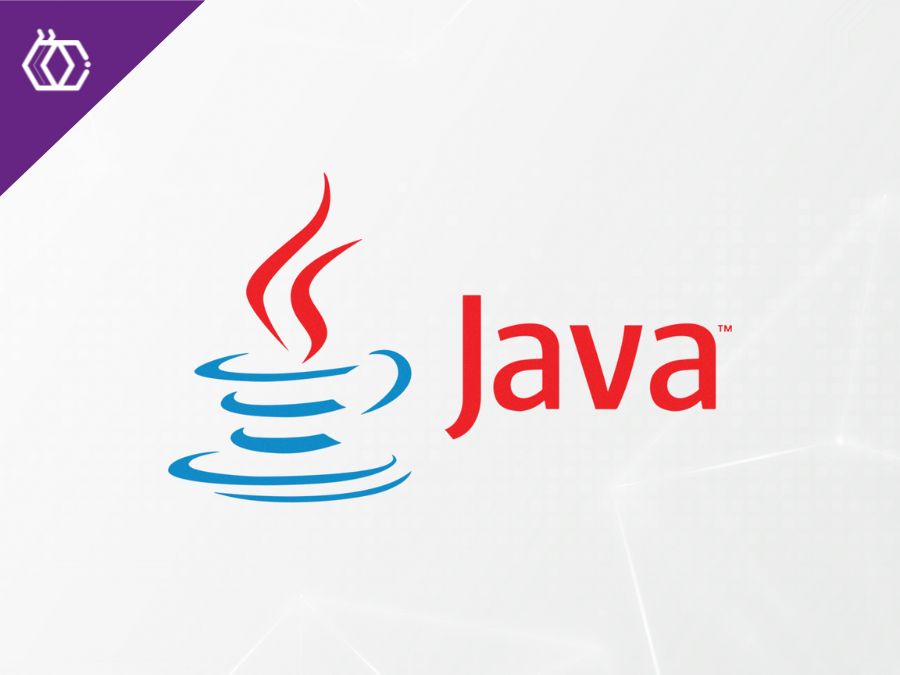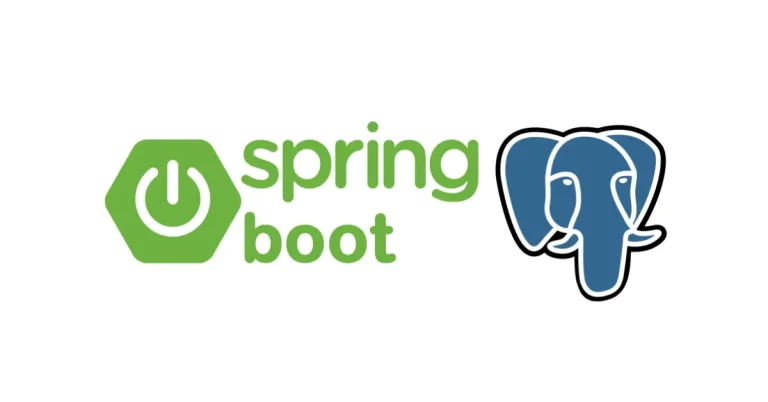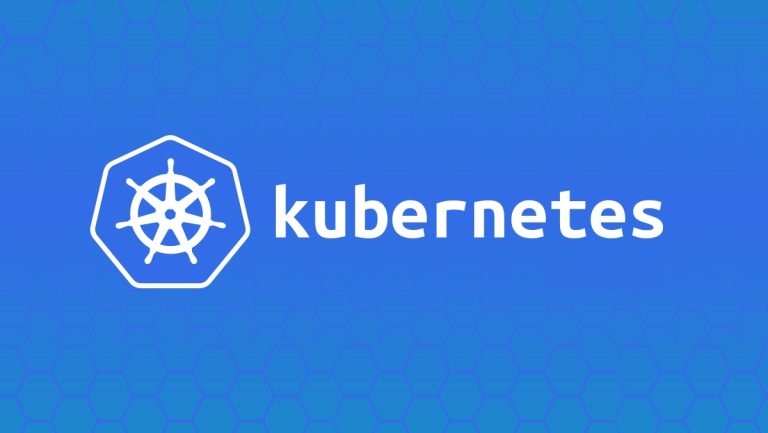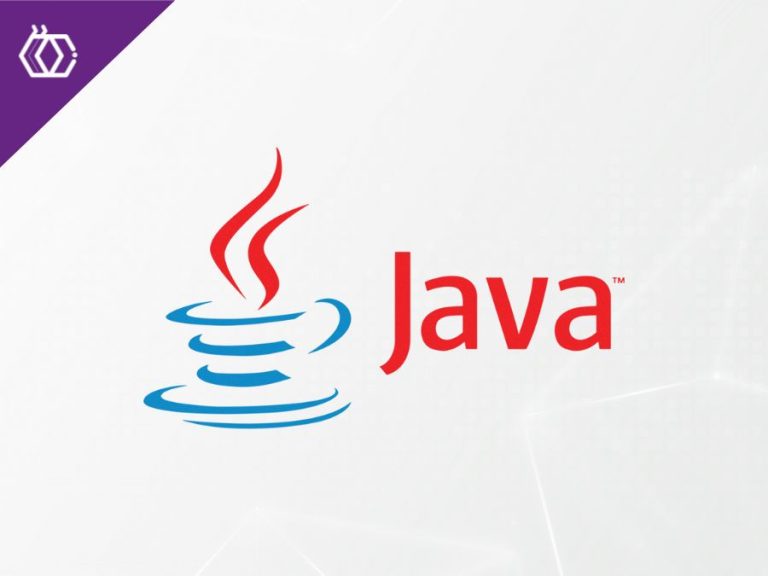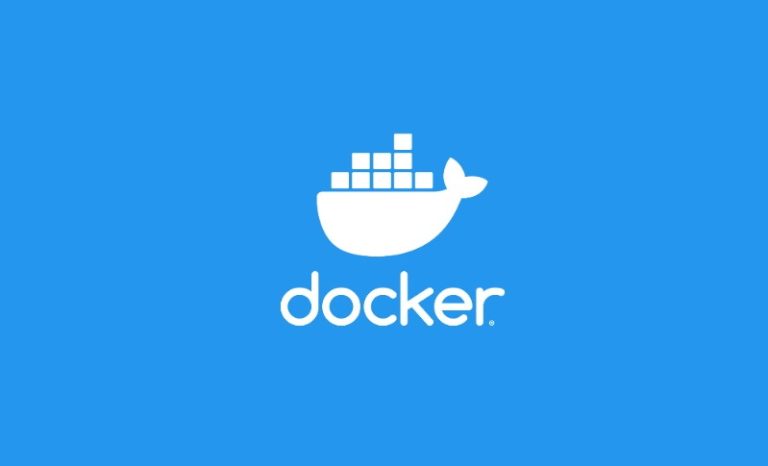Top 10 Resources to Master Spring Microservices Architecture
Microservices architecture has become a cornerstone of modern software development, offering a framework for building scalable, resilient, and independently deployable application components. When combined with Spring, a leading Java framework, microservices development becomes even more streamlined and powerful. Leveraging tools such as Spring Boot, Spring Cloud, and Spring Data, Spring Microservices Architecture provides developers with a seamless way to enhance scalability, simplify integration, and accelerate development.
For Java developers, mastering Spring Microservices Architecture unlocks new career opportunities in enterprise applications, cloud-native development, and beyond. This blog explores the Top 10 Resources to Master Spring Microservices Architecture and offers practical insights to help you elevate your expertise.
Table of Contents
- What is Spring Microservices Architecture?
- Why You Should Learn Spring Microservices
- Top 10 Resources to Learn Spring Microservices Architecture
-
- 1. Spring Microservices in Action (Book)
- 2. Baeldung’s Spring Microservices Guide
- 3. Spring Microservices on Pluralsight
- 4. YouTube Channel – TechWorld with Nana
- 5. Official Spring Documentation
- 6. Microservices with Spring Boot and Spring Cloud (Udemy Course)
- 7. Master Microservices with Kubernetes and Docker by KodeKloud
- 8. DZone Microservices Articles
- 9. InfoQ’s Microservices Podcast Series
- 10. Spring Boot Microservices on FreeCodeCamp
1. What is Spring Microservices Architecture?
Spring Microservices Architecture enables developers to build Java applications using the microservices paradigm, where applications are divided into loosely coupled, independently deployable modules. Unlike monolithic architectures, microservices allow developers to isolate and manage individual components more effectively.
Spring simplifies this process with tools like Spring Boot, which accelerates application setup, Spring Cloud, which automates cloud infrastructure, and Spring Security, which ensures secure access to services.
Key Features of Spring Microservices
- Scalability: Services scale independently based on workload.
- Modularity: Applications are broken into smaller, manageable components.
- Resilience: Fault-tolerant design ensures consistent availability.
- Cloud-Native Integration: Works seamlessly with Docker, Kubernetes, and platforms like AWS.
2. Why You Should Learn Spring Microservices
Mastering Spring Microservices is critical for developers aiming to thrive in modern software development. This architecture empowers teams to tackle complex challenges in scalability, maintainability, and deployment, making it highly sought after in enterprise and cloud-native solutions.
Benefits of Learning Spring Microservices
- Career Advancement: Proficiency in microservices and Spring is highly valued by employers.
- Faster Development: Teams can develop and deploy services independently without affecting the entire system.
- Improved Maintainability: Smaller, modular components improve testing and code quality.
- Cloud Readiness: Tailored for cloud-based applications, meeting the growing demand for scalable solutions.
3. Top 10 Resources to Learn Spring Microservices Architecture
Here’s a curated list of the best resources to help you master Spring Microservices, with insights on what makes each valuable for learners.
1. Spring Microservices in Action (Book)
This book by John Carnell is an excellent starting point for developers new to Spring Microservices. It covers Spring Boot and Spring Cloud with real-world examples and hands-on projects to help you build scalable microservices.
Why It’s Great:
- Beginner-friendly with practical guidance.
- Includes production-ready examples.
Link: Spring Microservices in Action
2. Baeldung’s Spring Microservices Guide
Baeldung offers comprehensive tutorials, focusing on real-world patterns like service discovery, resilience, and REST APIs.
Why It’s Great:
- Deep dive into advanced microservices topics.
- Covers challenges like security, monitoring, and rate-limiting.
Website: Baeldung Spring Microservices
3. Spring Microservices on Pluralsight
Pluralsight provides on-demand courses featuring topics like load balancing, service discovery, and advanced microservices patterns.
Why It’s Great:
- Ideal for both beginners and experienced developers.
- Includes practical, project-based learning.
Website: Pluralsight Spring Microservices
4. YouTube Channel – TechWorld with Nana
This YouTube channel offers beginner-friendly videos on Spring Boot microservices and tools like Docker and Kubernetes.
Why It’s Great:
- Detailed tutorials with end-to-end examples.
- Perfect for visual learners and self-paced study.
Link: TechWorld with Nana
5. Official Spring Documentation
The official Spring documentation is an invaluable resource for learning Spring Microservices directly from the source.
Why It’s Great:
- Accurate and up-to-date guidance.
- Comprehensive coverage of Spring Boot and Spring Cloud.
Website: Spring Docs
6. Microservices with Spring Boot and Spring Cloud (Udemy Course)
This Udemy course offers hands-on training on creating and deploying scalable microservices using Spring Boot and Spring Cloud.
Why It’s Great:
- Step-by-step guidance.
- Lifetime access to materials.
Website: Udemy Spring Boot Microservices
7. Master Microservices with Kubernetes and Docker by KodeKloud
KodeKloud specializes in training developers to deploy Spring Microservices using Kubernetes and Docker, with practical assignments and projects.
Why It’s Great:
- Focuses on cloud-native architecture.
- Offers hands-on practice for real-world skills.
Website: KodeKloud
8. DZone Microservices Articles
DZone offers expert articles and tutorials on developing microservices with Spring Boot, packed with actionable insights and practical advice.
Why It’s Great:
- Real-world use cases and solutions.
- Perfect for developers seeking industry-relevant knowledge.
Website: DZone Microservices
9. InfoQ’s Microservices Podcast Series
InfoQ’s podcasts feature expert discussions on implementing microservices, addressing challenges and best practices.
Why It’s Great:
- Insights from industry leaders.
- Great for advanced learners seeking deeper understanding.
Website: InfoQ Podcasts
10. Spring Boot Microservices on FreeCodeCamp
FreeCodeCamp’s YouTube channel offers beginner-friendly tutorials on Spring Boot microservices, covering key concepts like REST APIs and load balancing.
Why It’s Great:
- Free and easy to follow.
- Ideal for learners on a budget.
Link: FreeCodeCamp on YouTube
4. Tips for Learning and Implementing Spring Microservices
- Master Java Fundamentals: A strong foundation in Java 8+ features like lambdas and streams is essential.
- Start Small: Build simple projects, like an e-commerce service, to practice core concepts.
- Experiment Locally: Use tools like Docker Compose to simulate a microservices environment.
- Learn Incrementally: Focus on one concept at a time, such as service discovery or circuit breakers.
- Study Real-World Cases: Analyze challenges and solutions in large-scale deployments.
5. Summary
Spring Microservices Architecture is a game-changer for modern application development, offering Java developers a powerful, scalable, and efficient way to build cloud-native applications. By leveraging tools like Spring Boot and Spring Cloud, developers can tackle real-world challenges with ease. The resources in this article provide a clear roadmap for mastering Spring Microservices, whether you’re a beginner or an experienced developer.
6. FAQs About Spring Microservices
1. How long does it take to learn Spring Microservices?
You can master the basics in 4-6 weeks, depending on your familiarity with Java and microservices concepts.
2. What are the prerequisites for learning Spring Microservices?
A solid understanding of Java programming, Spring Boot, and REST APIs is essential.
3. Are there certifications for Spring Microservices?
Yes, the Pivotal Certified Spring Professional certification is a great way to validate your skills.
4. Can I learn Spring Microservices for free?
Absolutely! Free resources like Baeldung, official Spring documentation, and YouTube tutorials are excellent starting points.
Start your journey today and unlock the full potential of Spring Microservices!
